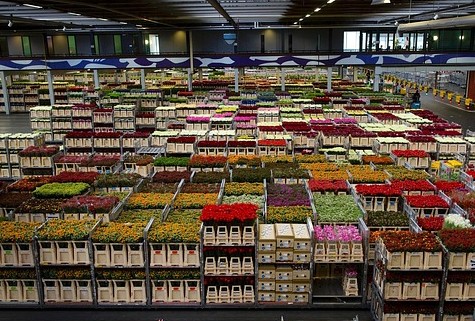When did Supply Chain Solutions Become Mature?
I am not sure exactly when it happened, but one day I woke up and realized that supply chain solutions such as warehouse management systems (WMS) are finally considered “mature” software applications. Being in the logistics Industry for 45 years, this was quite an epiphany for me. I spent my early years working with companies that wanted a “build to specification” solution, which required a lot of product customizations. I guess you could blame it on a few key aspects of that time period: early versions of WMS were not functionally rich; they were not highly configurable; and the buyers believed that a built-to-order solution would provide them with a competitive advantage. It was inevitable that the early WMS projects were going to be highly customized deployments. But somewhere along the way, things changed.
Current WMS solutions have a strong base of functionality and include a level of configurability that enables extensibility without code modifications. Although most software vendors continue to enhance their products and release new versions on a routine basis, the products can address the core functional requirements for most companies in most major vertical industries across the globe. In parallel, the buying behavior has changed. Today, most companies are looking for a WMS with a low total cost of ownership (TCO) and expect the baseline WMS to address their core logistics requirements without requiring additional customization. This may be a “chicken and egg” situation, but my guess is that the functional richness of many of today’s WMSs had something to do with this change in attitude.
So this is where I apparently woke up…
Now is a good time to be in the WMS software industry. Today, we’re seeing a great deal of interest in new WMS solutions. I see a few macro drivers for this increased interest: food safety regulations, pharma drug serialization regulations, a need to replace legacy WMS applications (remember the TCO that I mentioned?); and of course, the dynamics associated with order fulfillment in an omni-channel world. Companies looking to upgrade their warehousing capabilities are often happy to discover that many of today’s WMS solutions can satisfy their needs right “out of the box.”
So what’s the next frontier for us software providers? What is the next best thing that we can offer our current and future clients that will give them the greatest business value? How about another way to pick an order? Hmmm, probably not. How about another putaway algorithm? Ummm, I don’t think so.
I think it will relate to breaking down the silos of individual supply chain applications. Just as the WMS applications evolved through functional richness, so have transportation management systems (TMS) and demand planning & fulfillment (DnF) applications. By itself, each solution provides tremendous business value. Each has the ability to react and respond to supply chain disruptions as they occur. But each also commonly operates within a silo and does not take into account the constraints across the three application areas. Nor do they provide the ability to iteratively re-optimize tasks when it is necessary to re-do the original plans.
Ahhh, so perhaps THIS is the next best thing!
Well, I see the huge potential business value. But these new “intelligent fulfillment” processes can be difficult to implement. To be able to efficiently conduct constraint-aware planning and iterative execution, you must start with an application platform. Trying to get to this level of operational effectiveness with a group of disparate applications from multiple software vendors is a non-starter. The integration costs and upgradability costs are too steep for most companies (…and please remember again my point about their desire for a lower TCO!).
I mentioned earlier that I find this to be a good time to be in the WMS software industry because of the amount of interest and activity we are seeing today. Some of the companies we are currently engaged with do, in fact, share this vision of what we refer to as an “intelligent fulfillment platform.” But they are still a minority. Most of the company software evaluations in which we have had the privilege to participate only involve a single supply chain silo. I think these companies are setting the bar too low for themselves. That is why I try to talk to companies about the vision of the intelligent fulfillment platform whenever I have the opportunity.
Once they understand the business value, they tend to agree that it is a great new way to look at improving their respective supply chains and indeed, represents a wake-up call for the industry.



